Crawfish and rice are not just a classic Louisiana pairing at the dinner table—they are also a perfect match on the farm. Most of the crawfish found in boils and restaurants are raised in rice fields that alternate with crawfish ponds, a practice that has become a cornerstone of farming in southern Louisiana.
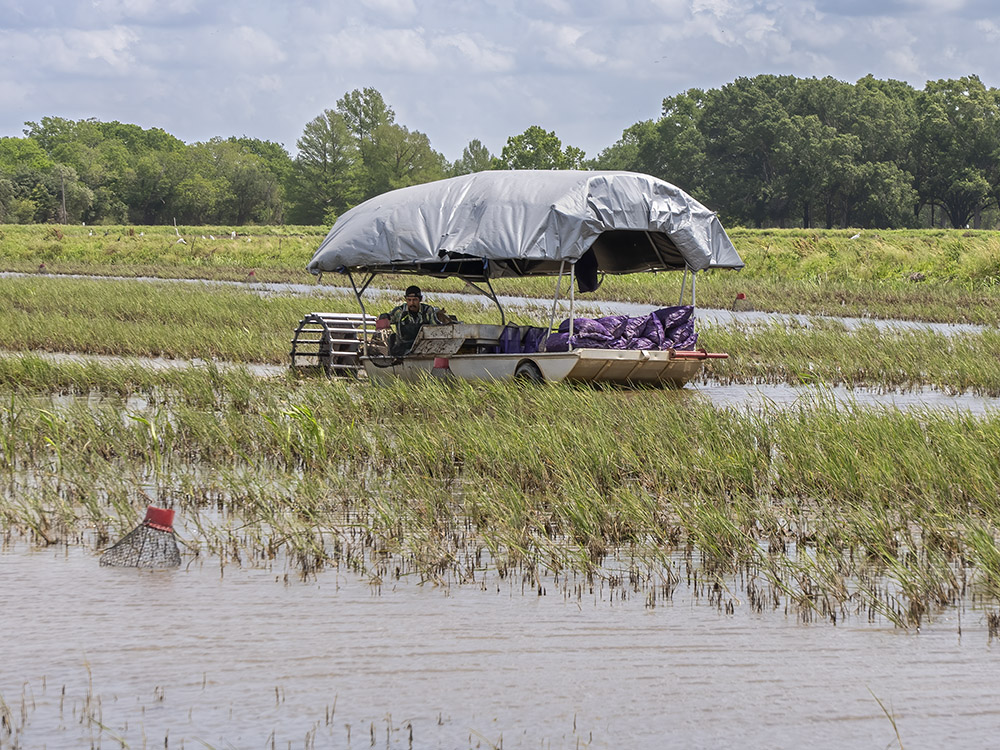
crawfish and rice – a perfect pairing
Burt Tietje, a third-generation rice farmer in Jeff Davis Parish, is one of many who have embraced the dual crop system. “We were a bunch of German grain farmers out here,” Tietje said. “But in 1970, we had our first boiled crawfish out here. Fell in love with it, and in the next couple years, it looked like everybody learned to eat boiled crawfish.”
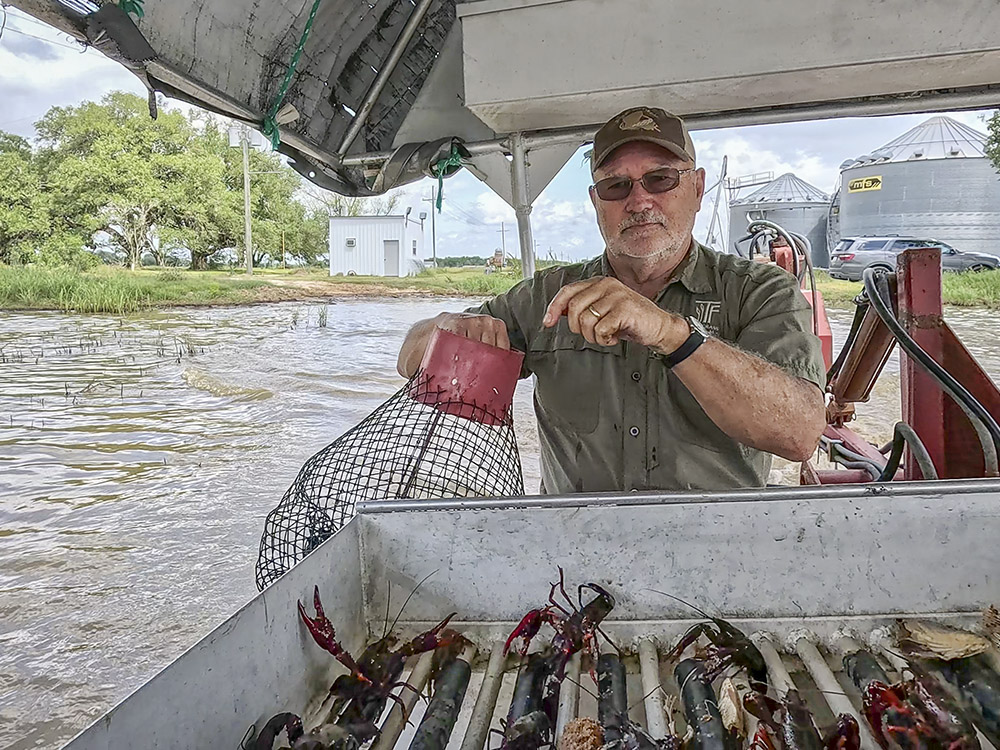
At his Tallgrass Farm, nearly half of the acreage now supports crawfish production. The setup is ideal: “We have big, wide, flat fields, a source of deep well water for our rice. We have to have levees to control that water level. Same thing for crawfish,” Tietje explained.
seeding crawfish in rice fields
The farming cycle is a careful balance of timing and nature. Each summer, while rice is growing, farmers seed the fields with live adult crawfish—about one sack per acre. As the water is drained and the heat intensifies, the crawfish burrow underground. “They’re gonna dig that crawfish burrow 18 inches to 36 inches deep. They’re gonna climb down there and line it with wet grass, and they’re gonna climb to the top and put a mud plug up on top, which keeps ’em safe,” Tietje said. This underground refuge allows the crawfish to survive until the ponds are reflooded in late winter, marking the start of the harvest season.

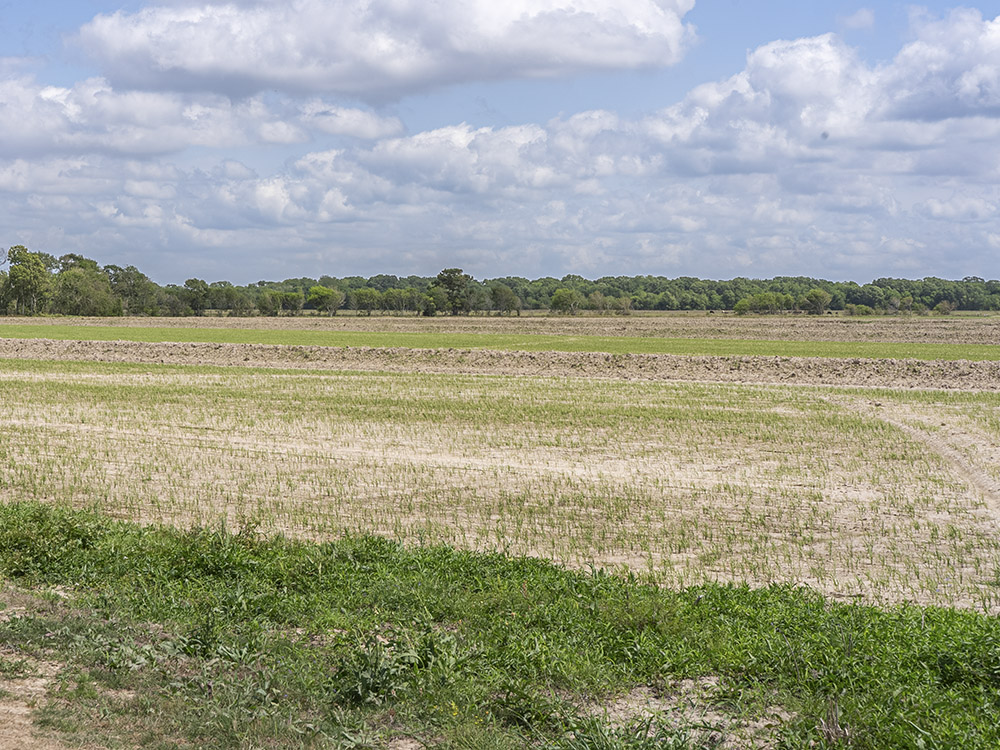
see how crawfish are harvested
crawfish harvest – from pond to plate
Harvesting is a fast-paced operation. Tietje’s aluminum crawfish boat, pushed by a notched rear wheel, moves steadily through the shallow ponds. As it passes each pyramid-shaped wire trap, he swiftly dumps the catch onto a sorting board, rebaits the trap, and plants it back into the mud.
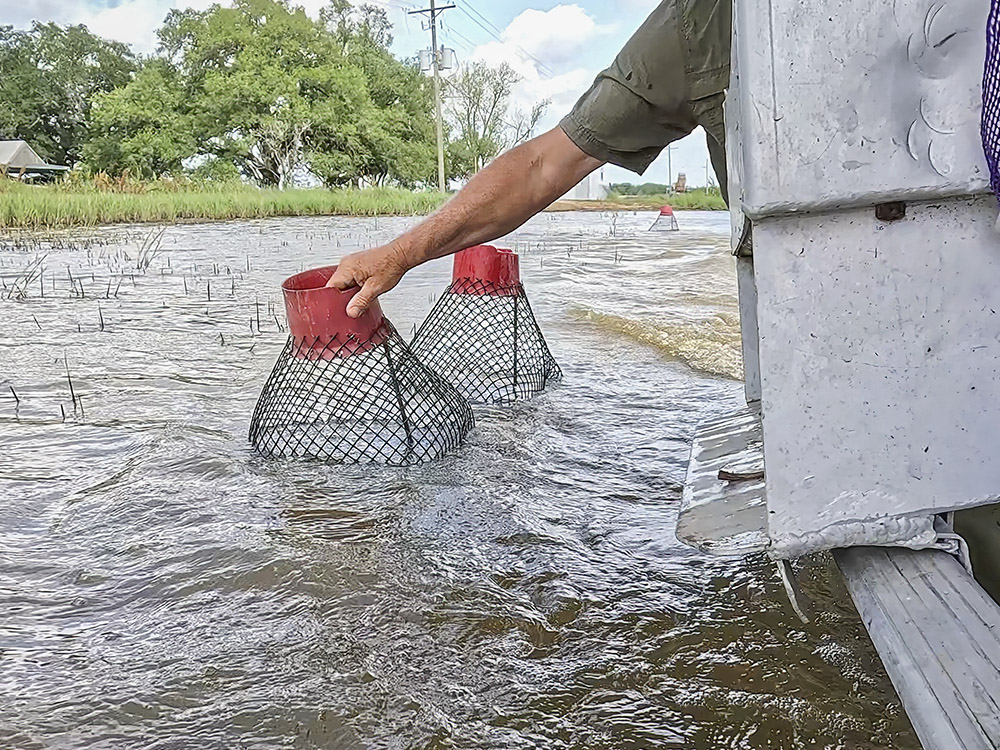
After collection, sacks of live crawfish, each weighing about thirty pounds, are taken to a local dock, chilled, and packed for shipment. “Crawfish caught in Jeff Davis Parish in the morning can be consumed in Houston tonight,” Tietje said, highlighting the quick journey from the farm pond to table.

a tourist attraction
Tallgrass Farm has also become a popular destination for school groups and tourists eager to learn about Louisiana’s favorite crustacean. “I host about 2,000 people a year out here,” Tietje said. The crawfish harvesting season begins as the weather warms in later winter and continues until June. When the temperatures get hot, the crawfish bury themselves underground. And when it comes to crawfish, Tietje explains, “The crawfish decide when we’re gonna start and the crawfish are gonna decide when our season’s over.”
getting there
Crawfish farm tours are arranged through the Jeff Davis Parish visitors center located along Interstate 10 at the Jennings, LA exit. The address is 100 Rue de l’ Acadie (Exit 64) Jennings, LA. Call (337) 821-5521 or email at info@jeffdavis.org
100 Rue de l’Acadie, Jennings, LA 70546

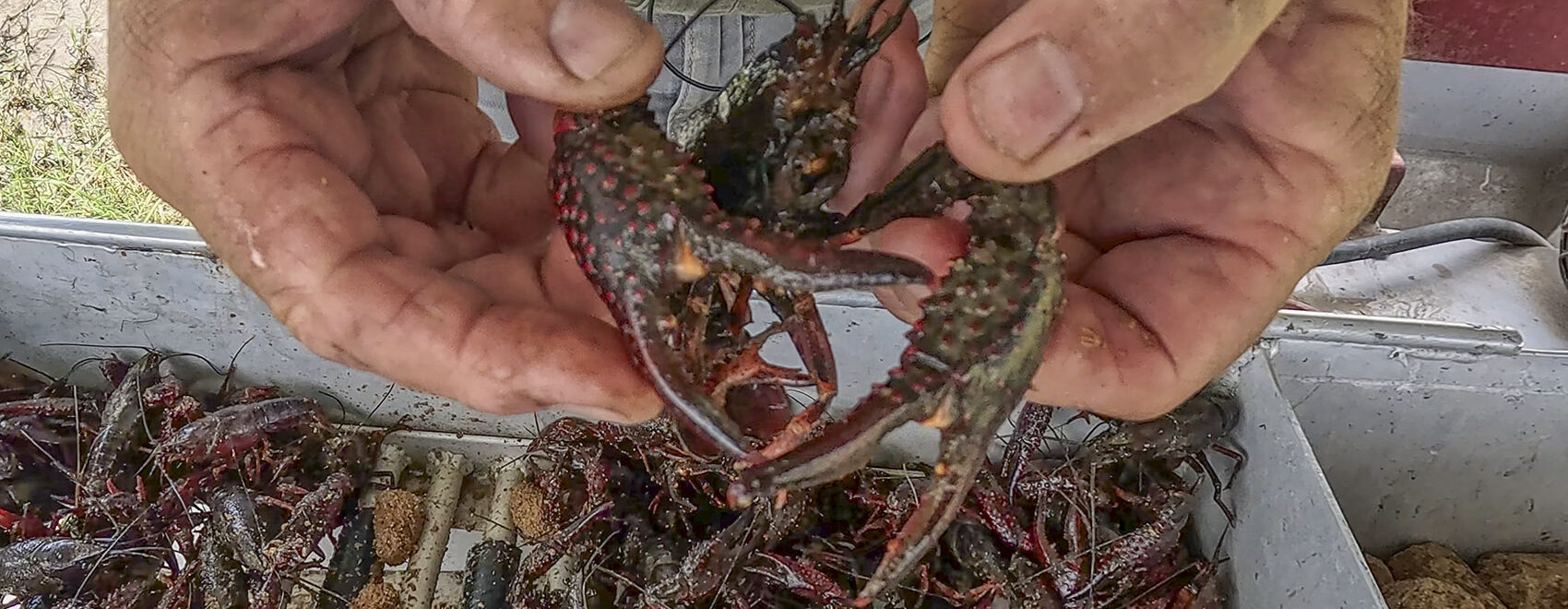

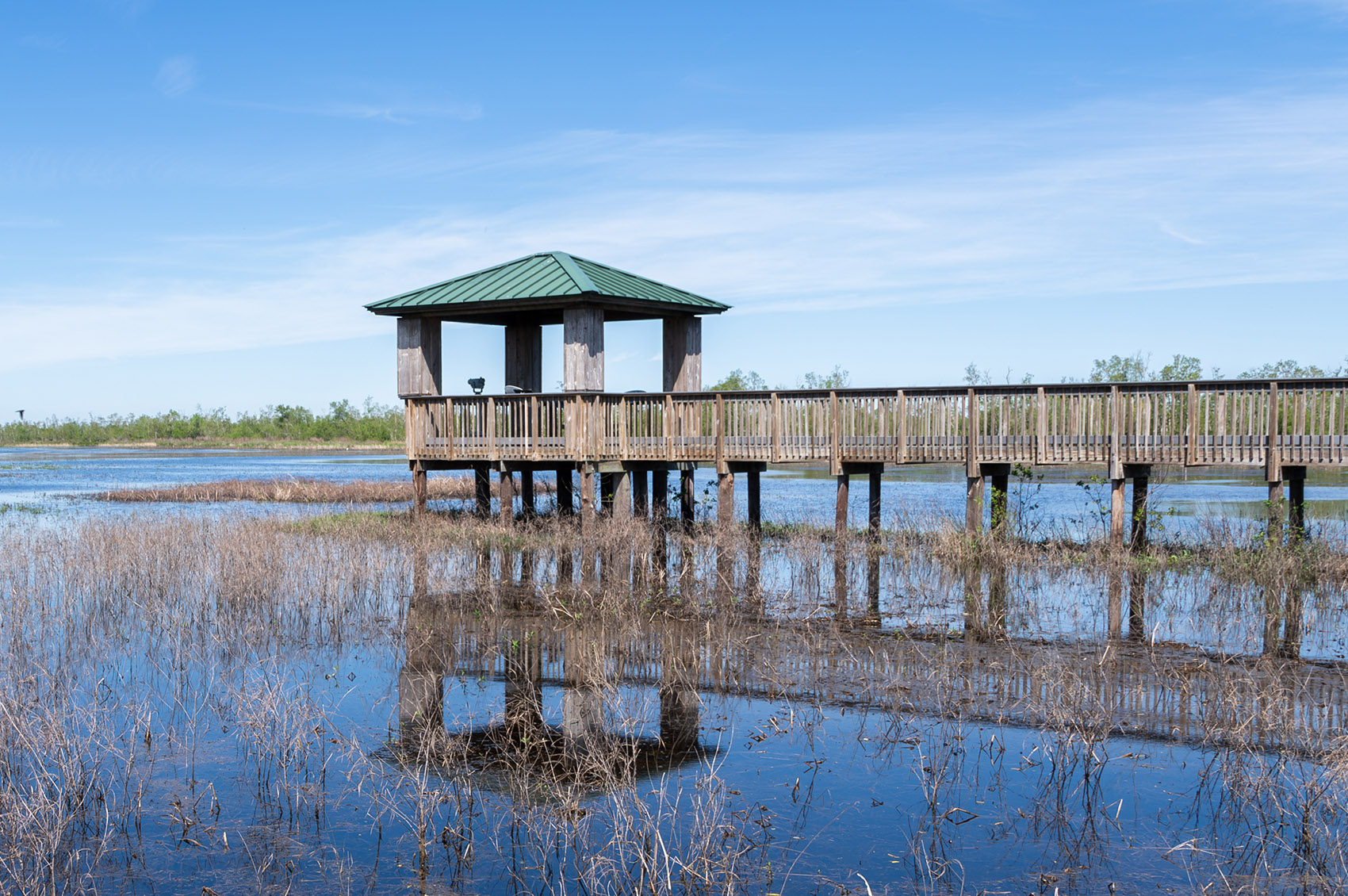
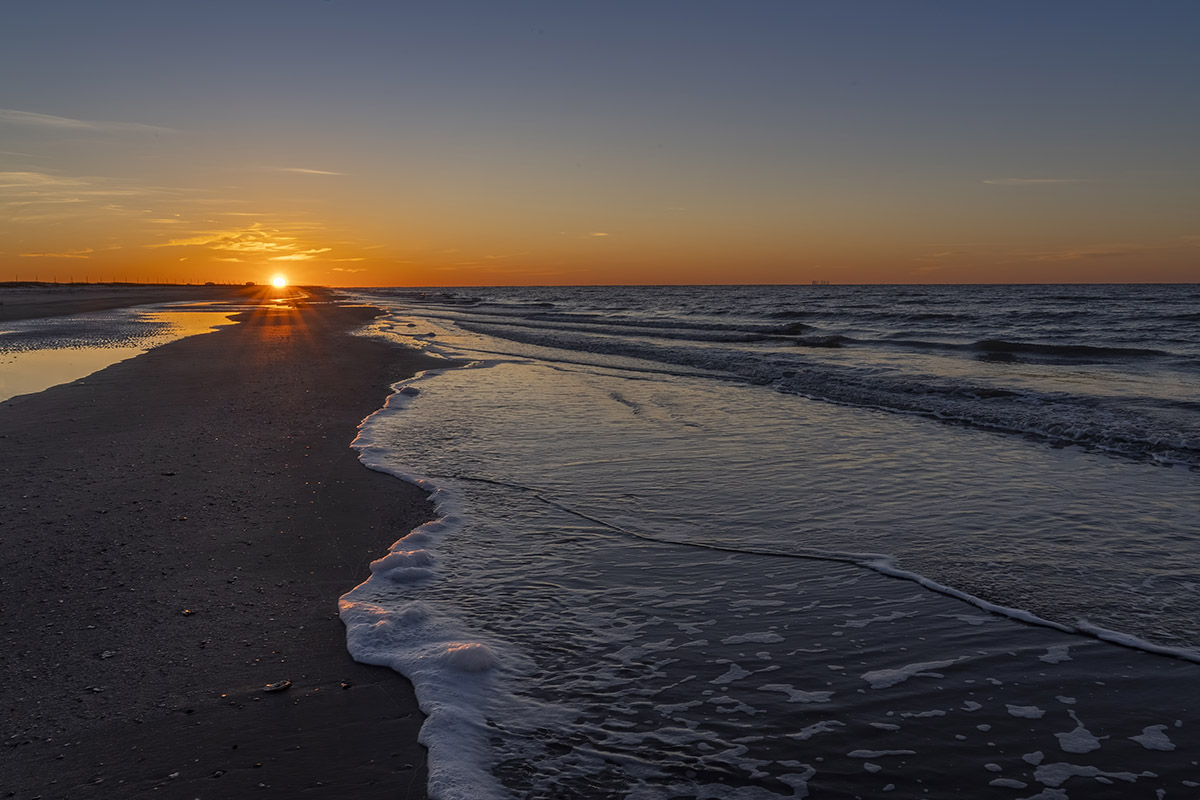
Leave a Reply